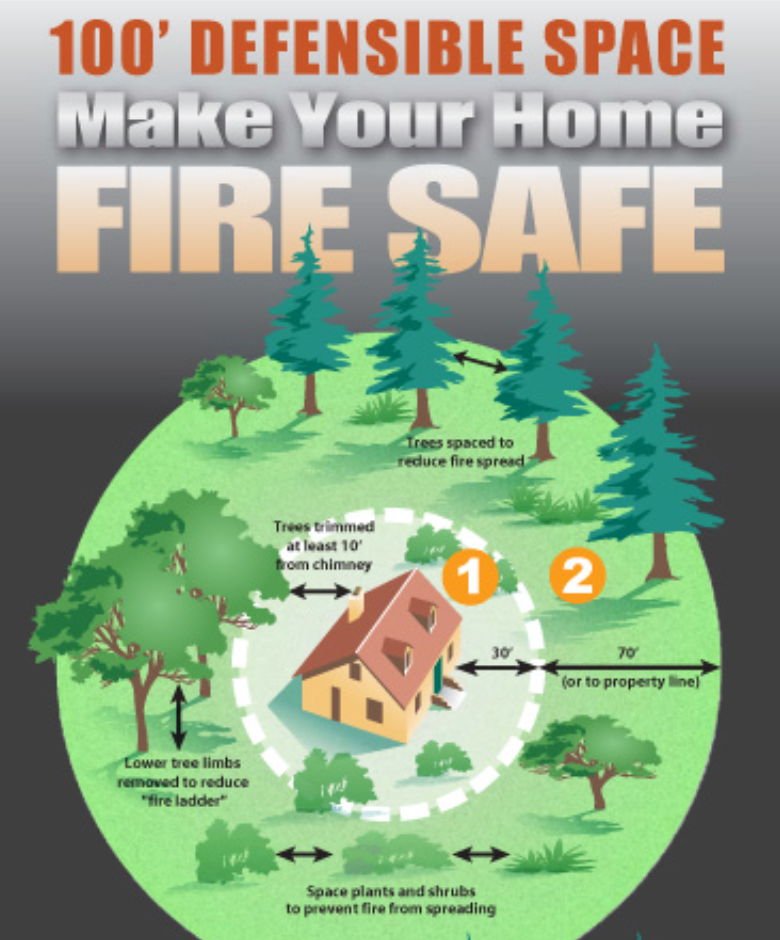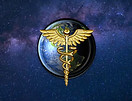Every Season Calls for Fire Preparedness!
- sjpdragonlady
- Nov 8, 2023
- 5 min read
Updated: Dec 3, 2023

From Forest Fire Gallery, John McColgan, BLM
Fire season is getting longer
Traditionally, fire season lasted four months from July through October. According to the state of Colorado, in recent decades, fire season has grown to be 78 days longer, and now spans seven months. Colorado is now experiencing large fires during every month of the year. Almost two years ago on New Year's Eve, just before a snowstorm, the Marshall Fire in Boulder County burned more than 6,000 acres, destroyed more than 1,000 homes and commercial structures, killed 2 people, injured at least 6 and cost more than $2 billion in damages. During every season, we must be proactive in preventing fires, and ready to respond rapidly if they occur.
Autumn is a dangerous season for fires
During the fall, there can be accumulation of dormant plants, dry grasses, pine needles and leaves, which provide easy fuel for fires. Weather conditions can be dry and windy, which fans fires and causes them to spread easily. People burn leaves and brush, and these fires can easily become uncontrolled. As nights turn cold, wood ash from fireplaces may be dumped outdoors, and can trigger fires in dead vegetation.

Pittsburgh Post-Gazette
Wildfires are increasing over time

National Interagency Fire Center
Hot, dry, windy weather increases the risk of fires. According to NOAA (National Ocean and Atmospheric Association), it is 2 degrees warmer now that it was in 1880. Climate Central reports that in 139 monitored locations in the United States, there are at least 7 extra "extremely hot" days in 2022 compared to 1970. The average was 11 additional extremely hot days in 2022, while Austin, TX experienced 47 more extremly hot days (over 100 degrees) and Montgomery, AL endured 31 extra extremely hot days (over 95 degrees) per year. Wind also increases when it is hotter. Wind is caused by a temperature difference between two areas, which can be worsened by increasing heat. A report from Climate Signals indicates that winds across North America, Europe and Asia have been increasing since 2010. Additionally, higher temperatures increase evaporation, which dries out soils and and vegetation. The pattern of rainfall is affected by warmer oceans. Heat and drought have had a significant impact on the American southwest, in particular. Half of California's twenty deadliest fires have occurred in the past 20 years. Colorado's Marshall Fire, the most destructive wildfire on record, followed a historically hot and dry stretch and involved an unseasonable windstorm.
What human activities cause fires?
The NPS (National Park Service) reports that 85% of wildfires are caused by humans. According to the Wisconsin DNR Forestry News, major causes include people burning leaves and brush, leaving campfires unattended, dumping wood ash outdoors, and operating vehicles or equipment near wildland vegetation. The remaining 15% are primarily caused by lightning strikes.
In Wisconsin, the top causes of wildfires during the fall of the year are: 1. 27% -- Equipment (logging or farm machinery, vehicle exhaust or equipment sparks) 2. 25% -- Debris burning (burning brush, leaves, or trash in burn barrels or on the ground) 3. 9% -- Improper ash disposal (dumping wood ash from fireplaces, wood stoves, etc. outdoors) 4. 6% each – power lines and incendiary 5. 5% -- campfires

How can fires harm my health?
The obvious effects of fires on health include burns and smoke inhalation, which can be fatal. However, there are a number of other impacts that fires have on short- and long-term health. Tiny particles from wildfire smoke can lodge deeply in the airways and lungs. This process can trigger severe asthma attacks, heart attacks and strokes. Inhaling carbon monixide can lower the oxygen level and cause symptoms such as headaches and decreased alertness, impacting function at home and at work. Even healthy people may have coughing, chest pain and shortness of breath following smoke inhalation. Children and pregnant women are particularly at risk from inhaling carbon monoxide and smoke particles. CU Boulder is performing ongoing studies to evaluate air quality in smoke-damaged homes after the Marshall Fire. They found extremely elevated levels of VOCs (volatile organic compounds) that persisted for more than 6 weeks after the fire. This is signifcantly longer than VOCs usually last in households. These compounds are emitted by burning household materials, and can cause eye, nose, and throat irritation; headaches and loss of coordination; nausea; higher cancer risk and damage to the liver, kidneys, or central nervous system. The VOCs can be resuspended in the air when families return to their homes and start to clean up.
How can I prevent fires from starting?
Taking precautions anytime you use fire outdoors is key to preventing wildfires. If you use a woodstove or fireplace for heating your home, either empty the ashes into a metal container with a tight-fitting lid or dump the ashes onto bare soil then drown the ash with water and stir until you’re sure no hot embers remain. The same procedure holds for campfires, burn barrels and burned leaf and brush piles. Before you leave the area, drown the ashes, stir, and keep adding water until all smoke is gone. Be cautious using equipment in dry, volatile areas and monitor exhaust emissions. Make sure all chains are secured on your vehicle while driving. Carefully dispose of cigarette butts-- never throw them out of a car window, as you don't know where they will land!
What is a burn barrel?

A burn barrel is just what it sounds like. It creates a safe, contained environment for burning trash and yard waste. This is a great way to keep your fires from spreading and causing wildfires. You can purchase a pre-made burn barrel or create your own.
How can I protect my home and my family from a fire?
It is critically important to keep a defensible space around your home.
*Water grass and trees to keep them hydrated until they are clearly dormant.
*Keep grass mowed.
*Keep tree branches trimmed so they are at least 10' away from your chimney
*Cut away lower tree branches to prevent a "fire ladder"
*Space plants and shrubs to minimize fire spread
*Keep dry leaves, pine needles, sticks and other flammable debris 5' from your home
*Move firewood piles at least 30' from your home
*Remove leaves and pine needles from gutters and roofs
*Celebrate the New Year by changing smoke detector batteries

California Department of Forestry and Fire Protection

California Department of Forestry & Fire Protection
Ember's Fire Preparedness and Evacuation Plan


How can I learn about fires in real-time?
Watch Duty App


Firespot App


Ember studied two of the most popular real-time fire information apps, Firespot and Watch Duty. She determined:
In my opinion Firespot is a better app to use when trying to find out if a fire is near. Various ratings on either app reveal that both are fast to tell you when there is a fire, and are easy to understand. Although, someone commented on Firespot that it was “More capable than Watch Duty.” They concluded that they ran “all wildfire apps simultaneously for two years - (Firespot) has the quickest alerts and more functionality than the others. It’s 100% worth paying for.” Which shows that they thought the alerts were even quicker than the ones on Watch Duty, and more functional.
How can I get Emergency Alerts on my cell phone or email?
The following links take you to websites where you can register for emergency alerts.
We live in Colorado, so have provided local links. If these links are not applicable to your location, you should be able to search the web to find your local version.
What else can I do to improve the environment?
The United Nations suggests the following actions:
Save energy at home. Much of our electricity and heat are powered by coal, oil and gas.
Change your home's source of energy.
Walk, bike or take public transport.
If possible, switch to an electric vehicle.
Consider your travel.
Reduce, reuse, repair and recycle.
Eat more vegetables.
Throw away less food.
Plant native species.
Clean up your environment.
Make your money count.
Speak up.
Kids can get involved in preventing global warming as well!
Calculate your carbon footprint (the amount of carbon emissions your activities generate) and look for ways to cut back.
Thanks for reading! We hope this information was helpful.
Dr. Maria & Ember





Comments